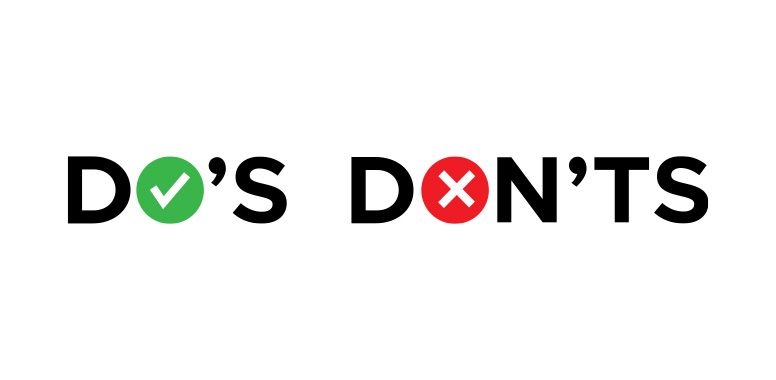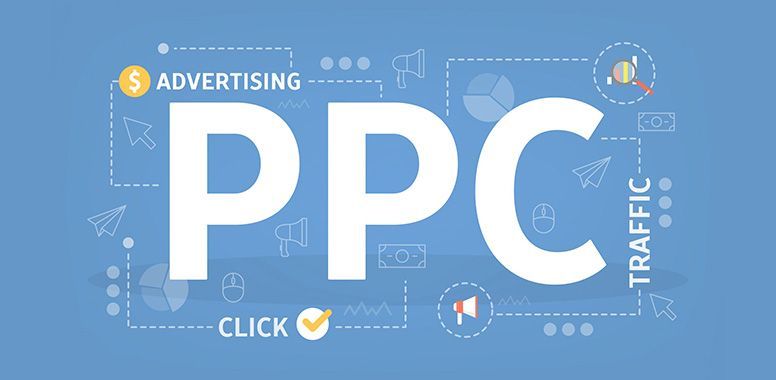Creating Amazon Listings for Mobile
Creating Amazon Listings for Mobile
Understanding the impact of smartphones on your Amazon sales is crucial, especially as our reliance on AI and complex algorithms continues to grow. With nearly 25% of Amazon users preferring to shop on their phones, making sure that your product pages are mobile-friendly is essential for boosting your sales.
In today’s digital age, a significant portion of consumers browse and purchase products on their mobile devices. This shift in shopping behavior means that if your Amazon listings aren’t optimized for mobile viewing, you could be missing out on a large segment of potential customers. Mobile optimization goes beyond just having a responsive design; it involves creating an intuitive and seamless shopping experience for users on smaller screens.
Find out in this guide the know-how for improving your Amazon listings for mobile users, so you can boost SEO and get more conversions.
- Why Mobile Optimization Matters
- Using Amazon’s Mobile-Friendly Features
- Crafting Mobile-Friendly Product Titles
- Improving Product Images for Mobile
- Simplifying Your Listing Content
Why Mobile Optimization Matters
With over 197 million monthly active users of Amazon's shopping app, mobile optimization is essential. More and more internet traffic is coming from phones, and this number is only going to keep going up. Customers use Amazon's marketplace in a different way on their cellphones than they do on their PCs or tablets. For a seamless and pleasurable shopping experience, your Amazon listings must be optimized for mobile devices.
Key Points:
- User Behavior: Mobile users often browse quickly and need easily accessible information.
- SEO Impact: Mobile-optimized listings can improve your search ranking and visibility on Amazon.
- Conversion Rates: A mobile-friendly listing can increase the likelihood of converting viewers into buyers.
Using Amazon’s Mobile-Friendly Features
Amazon offers several features designed to enhance the mobile shopping experience. Leveraging these features can significantly improve how your listings perform on mobile devices.
Features to Utilize:
- A+ Content: Enhanced product descriptions that include images, videos, and comparison charts.
- Amazon Brand Stores: Customized storefronts that showcase all your products in one place.
Best Practices:
- Use A+ Content: Incorporate high-quality images and videos to make your listings more engaging.
- Create a Mobile-Friendly Storefront: Amazon's Store Builder lets you switch between desktop and mobile views to optimize your design.
- Test on Actual Devices: Always check how your listings look and function on real smartphones.
Crafting Mobile-Friendly Product Titles
Product titles are one of the first things customers see when browsing on Amazon. On mobile devices, the screen size limits the number of characters displayed, making it crucial to keep titles short and informative.
Tips for Titles:
- Keep it Short: Aim for 50-70 characters to ensure the most important information is visible.
- Include Key Information Early: Mention the brand name, product type, and key features at the beginning.
- Use Keywords Wisely: Integrate your primary keywords naturally within the title.
Improving Product Images for Mobile
Images are a critical component of your Amazon listings, especially on mobile devices where visuals play a significant role in the shopping experience.
Tips for Images:
- High-Resolution: Use images that are at least 1000 x 1000 pixels to enable zoom functionality.
- Clear and Engaging: Make sure your primary image stands out and clearly shows the product.
- Optimize for Mobile Display: Since mobile displays only the first seven images, ensure these are your best shots.
- Include Lifestyle Images: Show the product in use to help customers visualize it in their own lives.
Simplifying Your Listing Content
Mobile users prefer concise and easy-to-read content. This means you need to adapt your product descriptions and bullet points for smaller screens.
Tips for Content:
- Use Bullet Points: Break down information into three to five key points.
- Highlight Key Features: Focus on the main benefits and unique selling points.
- Avoid Long Paragraphs: Keep descriptions short and straightforward.
From optimizing images and text to ensuring a seamless checkout process, you'll learn how to create a mobile shopping experience that meets the expectations of today’s consumers. By following these steps, you can enhance your product’s visibility and attract more buyers, leading to increased sales and long-term success on the Amazon platform.


